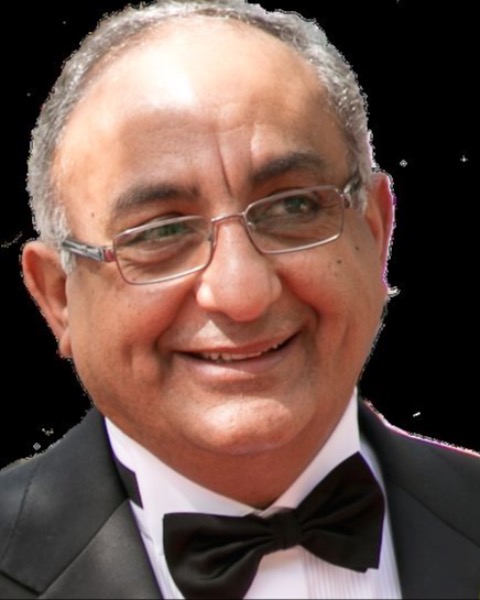Villavicencio - International Session
Quickshot: Impact of Great Saphenous Vein Ablation on Healing and Recurrence of Venous Leg Ulcers in Patients with Post-Thrombotic Syndrome: A Retrospective Comparative Study
The optimal treatment approach for patients with active venous leg ulcers (VLU) and post-thrombotic syndrome (PTS) associated with great saphenous vein (GSV) reflux remains unclear. To address this gap, we retrospectively compared the outcomes of post-thrombotic venous leg ulcer patients with intact GSV versus those with stripped or ablated GSV.
Methods:
We retrospectively analyzed data from 48 patients with active VLU and documented PTS, treated at single center between January 2018 and December 2022. Clinical information, including ulcer photographs, was recorded in a prospectively maintained digital database at the initial and follow-up visits. Two patient groups – Group A (with intact GSV) and Group B (with stripped or ablated GSV) – were compared in terms of time to complete healing, proportion of ulcers achieving complete healing, and ulcer recurrence during follow-up period.
Results:
There were no significant differences in age, gender, initial ulcer size, or ulcer duration between the two groups. Group A had significantly more completely healed ulcers: 33 out of 34 ulcers (97%), compared to 10 out of 14 ulcers (71%) in Group B (p=0.008). Group A also exhibited a significantly shorter time to complete ulcer healing (mean 76.6 days, SD 91.3), compared to Group B (mean 390.8 days, SD 507.4) (p=0.001). Long-term follow-up data were available for 45 out of 48 patients (93.7%), with a mean duration of 39.6 months (range: 5.7-67.4 months). The proportion of ulcers that failed to heal or recurred during the follow-up period was significantly lower in Group A (9 out of 32 ulcers, 27%) compared to Group B (11 out of 13 ulcers, 85%) (p=0.0009). Additionally, in a subgroup analysis, patients with intact but refluxing GSV (12 out of 34) had significantly shorter time to heal (67 days, SD 72.1) (p=0.03) and significantly fewer recurrences (2 out of 12, 16%) (p=0.006) compared to Group B.
Conclusions:
Our findings suggest that removal of the GSV through stripping or ablation in patients with post-thrombotic deep venous systems may result in delayed ulcer healing and increased ulcer recurrence. Patients with intact GSV had better outcomes, even when the refluxing GSV was left untreated. These findings emphasize the potential impact of GSV treatment on the management of venous leg ulcers in individuals with PTS. Further investigation is needed to validate these results and explore alternative therapeutic strategies to optimize outcomes for this patient population.

Rashad A. Bishara, MD
Chairman of Vascular Surgery
Organization for Teaching Hospitals of Egypt
Cairo, Al Qahirah, Egypt
